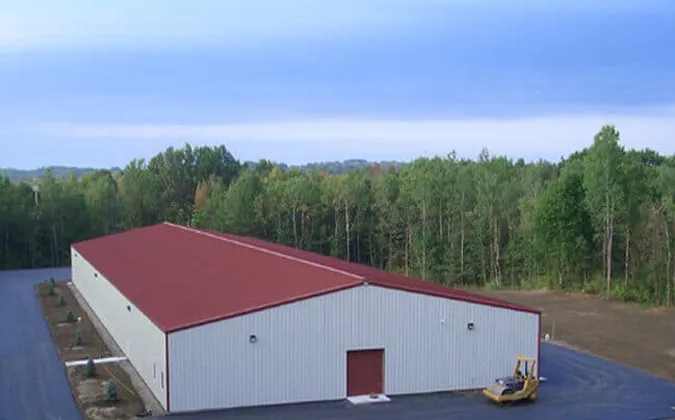- Afrikaans
- Albanian
- Amharic
- Arabic
- Armenian
- Azerbaijani
- Basque
- Belarusian
- Bengali
- Bosnian
- Bulgarian
- Catalan
- Cebuano
- Corsican
- Croatian
- Czech
- Danish
- Dutch
- English
- Esperanto
- Estonian
- Finnish
- French
- Frisian
- Galician
- Georgian
- German
- Greek
- Gujarati
- Haitian Creole
- hausa
- hawaiian
- Hebrew
- Hindi
- Miao
- Hungarian
- Icelandic
- igbo
- Indonesian
- irish
- Italian
- Japanese
- Javanese
- Kannada
- kazakh
- Khmer
- Rwandese
- Korean
- Kurdish
- Kyrgyz
- Lao
- Latin
- Latvian
- Lithuanian
- Luxembourgish
- Macedonian
- Malgashi
- Malay
- Malayalam
- Maltese
- Maori
- Marathi
- Mongolian
- Myanmar
- Nepali
- Norwegian
- Norwegian
- Occitan
- Pashto
- Persian
- Polish
- Portuguese
- Punjabi
- Romanian
- Russian
- Samoan
- Scottish Gaelic
- Serbian
- Sesotho
- Shona
- Sindhi
- Sinhala
- Slovak
- Slovenian
- Somali
- Spanish
- Sundanese
- Swahili
- Swedish
- Tagalog
- Tajik
- Tamil
- Tatar
- Telugu
- Thai
- Turkish
- Turkmen
- Ukrainian
- Urdu
- Uighur
- Uzbek
- Vietnamese
- Welsh
- Bantu
- Yiddish
- Yoruba
- Zulu
Nov . 16, 2024 01:46 Back to list
Lightweight Steel Frame Construction A Modern Approach to Building
In recent years, lightweight steel frame construction has gained prominence in the architectural and construction industries due to its numerous advantages over traditional building methods. As urbanization accelerates and the demand for efficient, durable, and sustainable structures increases, lightweight steel framing emerges as a practical and innovative solution. This article delves into the unique features, benefits, and applications of lightweight steel frame construction.
Understanding Lightweight Steel Frames
Lightweight steel framing refers to the use of thin-walled steel sections to create the structural framework of a building. These sections are typically made from cold-formed steel, which provides strength while minimizing weight. Unlike traditional steel construction, which uses heavier beams and columns, lightweight steel framing leverages advanced manufacturing techniques that allow for the creation of strong yet lightweight components.
Advantages of Lightweight Steel Frame Construction
1. Durability and Longevity Steel is inherently resistant to many common forms of damage, including termites, rot, and mold. As a result, buildings constructed with lightweight steel frames often have extended lifespans compared to their wood-framed counterparts. Additionally, steel’s inherent strength allows for the construction of taller and more resilient structures that can withstand environmental stresses such as wind and earthquakes.
2. Speed and Efficiency of Construction The prefabrication of lightweight steel components significantly speeds up the construction process. Components can be manufactured off-site and then assembled quickly on-site, reducing labor costs and construction time. This efficiency is particularly advantageous in urban settings where time is often a crucial factor.
3. Sustainability Lightweight steel framing is an eco-friendly option, as steel is 100% recyclable. Implementing steel frames contributes to waste reduction in construction, as leftover material from manufacturing can be reused or repurposed. Furthermore, the lightweight nature of steel frames allows for the construction of energy-efficient buildings that require less energy for heating and cooling, aligning with contemporary sustainability goals.
lightweight steel frame construction

4. Design Flexibility Steel framing offers architects and builders great flexibility in design. Due to its strength, steel can span large areas without the need for intermediate supports, allowing for open floor plans and expansive windows that bring in natural light. Additionally, steel framing accommodates various architectural styles, from modern to traditional, without compromising structural integrity.
5. Cost-Effectiveness Although the initial cost of steel may be higher compared to wood or masonry, the long-term savings often make up for it. Factors such as reduced maintenance requirements, lower insurance premiums due to fire resistance, and faster construction times lead to overall cost efficiency. Moreover, the durability of steel means that buildings made from this material incur fewer repair and replacement costs over their lifetime.
Applications of Lightweight Steel Frame Construction
Lightweight steel frame construction is versatile and applicable across various sectors, including residential, commercial, and industrial buildings. It is particularly popular for multi-story residential buildings and commercial offices, where the need for speed, durability, and design flexibility is paramount.
One of the remarkable applications of this construction technique is in modular building. Prefabricated modules constructed from lightweight steel can be easily transported and assembled on-site, minimizing disruption and maximizing efficiency. This method has seen significant use in emergency housing, temporary structures, and even permanent residential buildings.
Conclusion
Lightweight steel frame construction represents a forward-thinking approach to building that aligns with the demands of modern architecture and sustainability. Its numerous benefits—from durability and cost-effectiveness to design flexibility—make it an attractive choice for a range of applications. As technology advances and construction practices continue to evolve, lightweight steel framing is poised to play a pivotal role in the future of the built environment, paving the way for innovative and sustainable building solutions. As we move towards a more eco-conscious, efficient, and resilient future, embracing materials like lightweight steel frames will be essential in redefining how we construct and inhabit our spaces.
-
How Do Prefabricated Steel Structures Transform Modern Construction?
NewsJul.14,2025
-
How Do Prefabricated Metal Buildings Redefine Modern Construction?
NewsJul.14,2025
-
How Do Prefab Insulated Metal Buildings and Steel Structures Revolutionize Modern Construction?
NewsJul.14,2025
-
How Do Pre - Engineered Steel Structures Redefine Modern Construction?
NewsJul.14,2025
-
Advancing Modular Construction with Prefabricated Metal Structures
NewsJul.14,2025
-
Advancing Industrial Infrastructure with Prefabricated Steel Solutions
NewsJul.14,2025
Products categories
Our Latest News
We have a professional design team and an excellent production and construction team.












